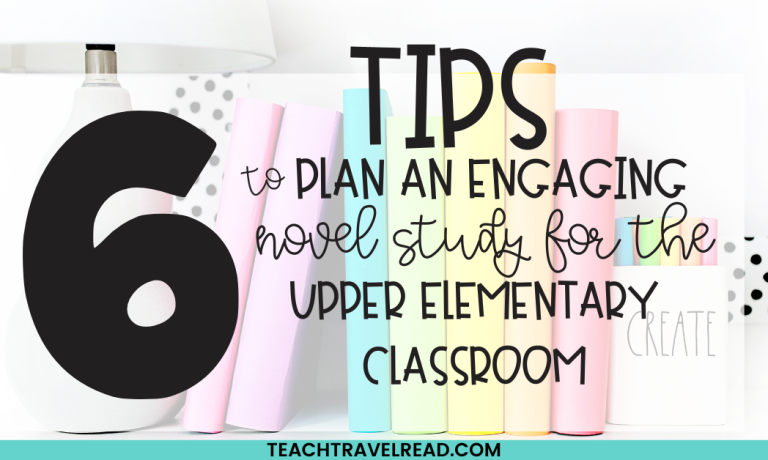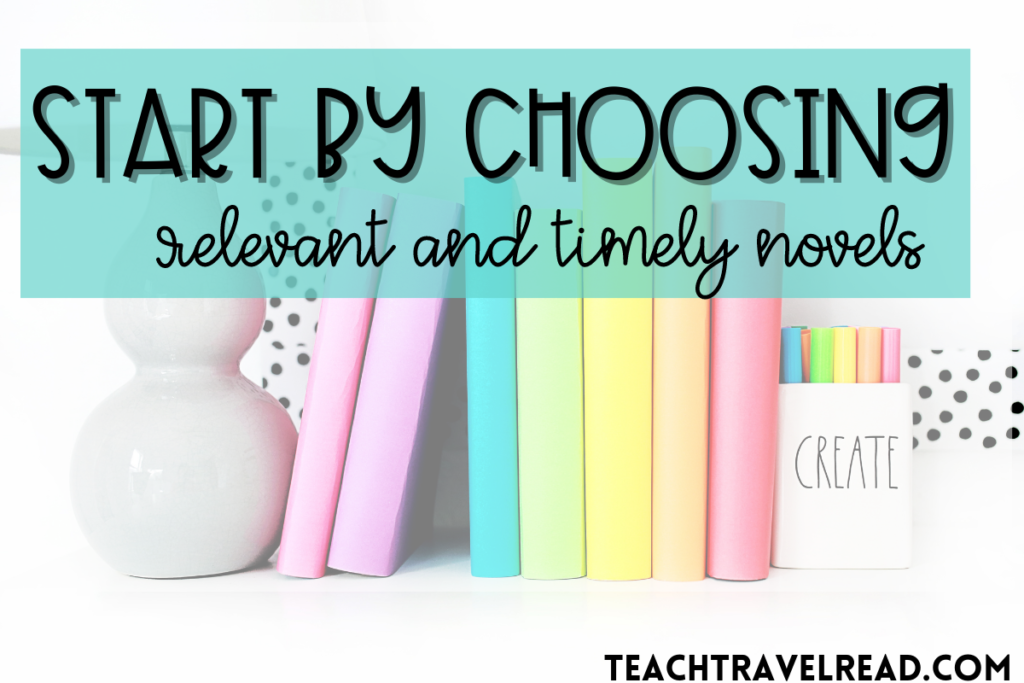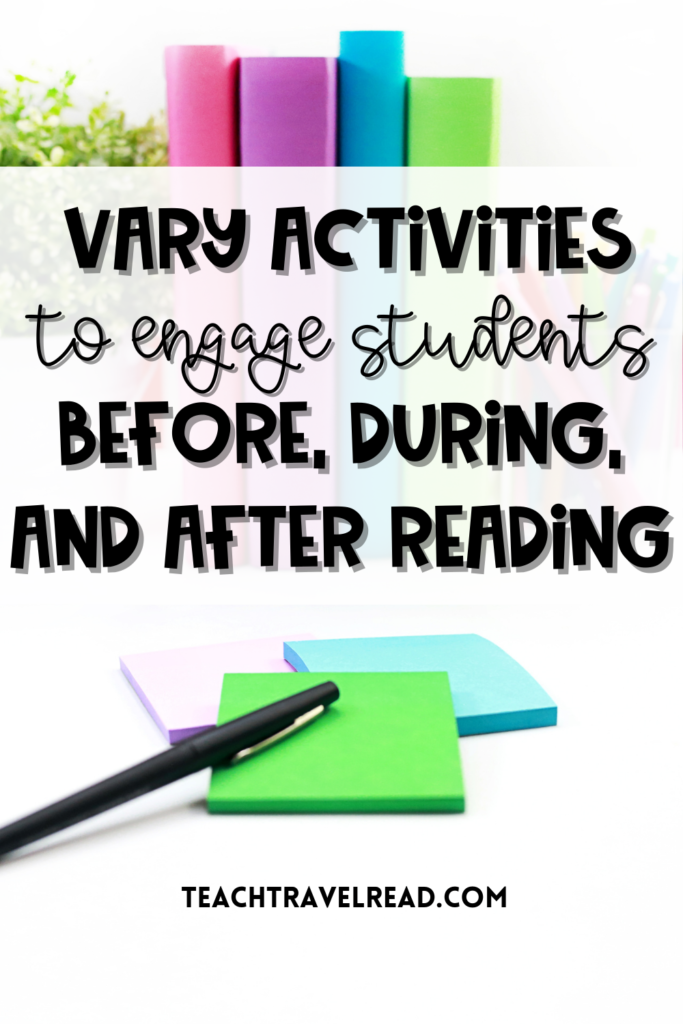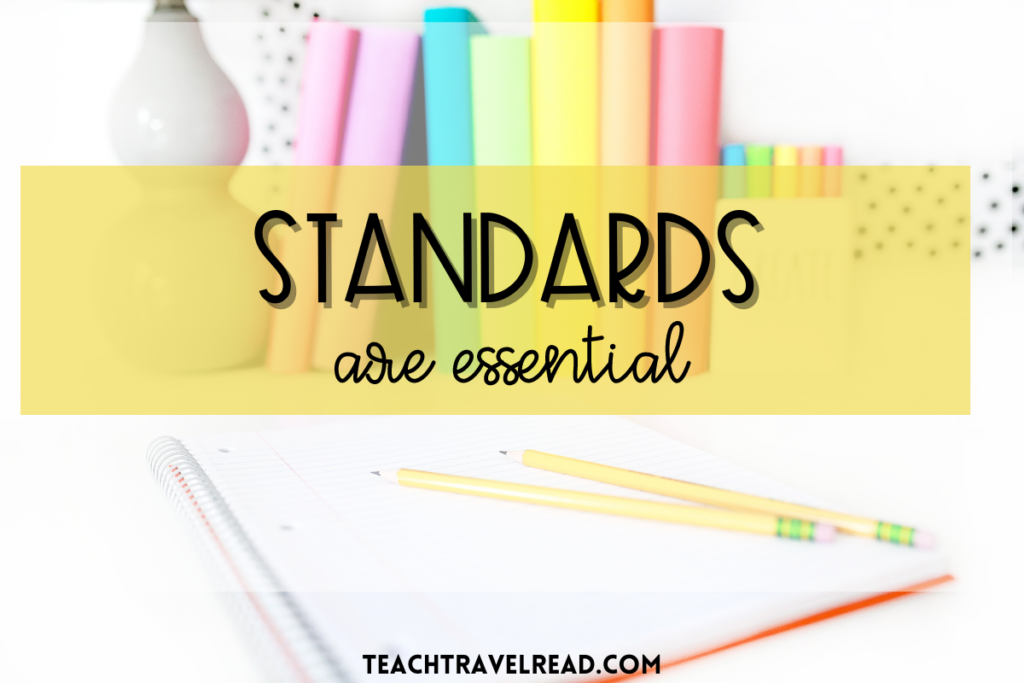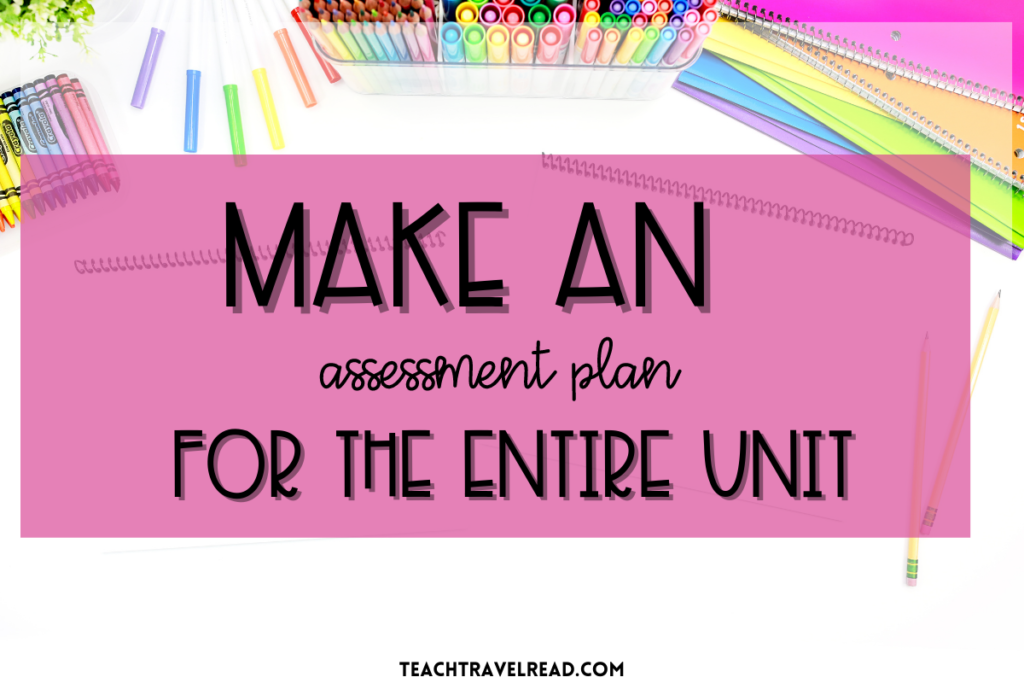Planning an engaging novel study for upper elementary students is not an easy task. BUT…with these tips, your students will be excited to read daily. I am a big believer in teaching a whole class and small group novel study all year.
From developing engaging activities that promote collaboration among classmates to providing ways in which teachers can assess understanding of core concepts covered throughout the reading – We will cover it all! So let’s dive right into learning about what makes for an effective novel study unit in today’s upper elementary classroom.
Start by Choosing Novels that Students Want to Read
The key to engaging students in reading is to offer them books that they can easily connect to. Books should be “mirrors, windows, and sliding doors”. What does this mean?
- Mirrors- students need to see themselves in the books that they are reading
- Windows- students need to read books that open their knowledge of others around the world
- Sliding Doors- students need to read books that can help them step into the shoes of others
I’ll never forget the day I had a student come up to me and say, “Thank you for having this book in the classroom library. It’s the first time I’ve seen a book that represents my culture.” I teach 5th grade, so I was shocked! It took 6 years for this student to find representation in a classroom book. I added that book as a book club option the following year.
Think about it…when is the last time your novels were updated? If they are all older than 5 years, it’s time to evaluate and research. Nothing kills a love of reading faster than outdated books.
Need ideas? Email me with your grade level and I am happy to help!
Brainstorm Ideas for Activities to Use During Your Novel Study
Read this chapter, answer these questions, and take a test. No, No No! It’s time to change how we are reading and analyze what we read in the upper elementary classroom.
I’m not saying there is anything wrong with practicing vocabulary, asking comprehension questions, or critical thinking responses. But it should not be the only thing you are doing! Some of my favorites…
Before Reading Activities
- Story Snippets– choose sentences from the novel for students to read and discuss. They can also make predictions and revisit them as they read the story.
- Symbols- a new favorite activity of mine is to pull objects out of the book and have the students predict what they mean to the story. An example: is a stuffed toad for Tuck Everlasting.
- Essential Questions- pose a question that does not have a right/wrong answer and students can answer what they think. Keep revisiting their response to the question throughout the book.
During Reading Activities
- Mentor Sentences- I love to pull sentences from the novels we are reading and use them to teach authentic grammar and writing.
- Socratic Seminar- engage your students in small groups and whole class discussions. Use discussion questions that will encourage longer responses and differing points of view.
- STEM Activities– students love anything that is hands-on learning. You can use STEM activities for students to relate their reading to science and engineering.
After Reading Activities
- Creative Projects- let the students choose how they want to share their learning. Examples: artwork, videos or songs that reimagine key concepts from the text, or even writing a sequel or alternate endings.
Choose the Standards You Want to Teach for the Novel Study
As you dive into this novel study unit, it’s important to keep in mind the objectives and standards that you need to cover. From analyzing and interpreting the text to developing critical thinking skills and exploring themes, touch on a variety of important objectives that will help your students grow both academically and personally.
Remember that you can cover standards all year. You may touch on a few standards here and there, but choose a couple that you want to go deeper into the novel study. I also suggest you look at standards to teach across the subjects.
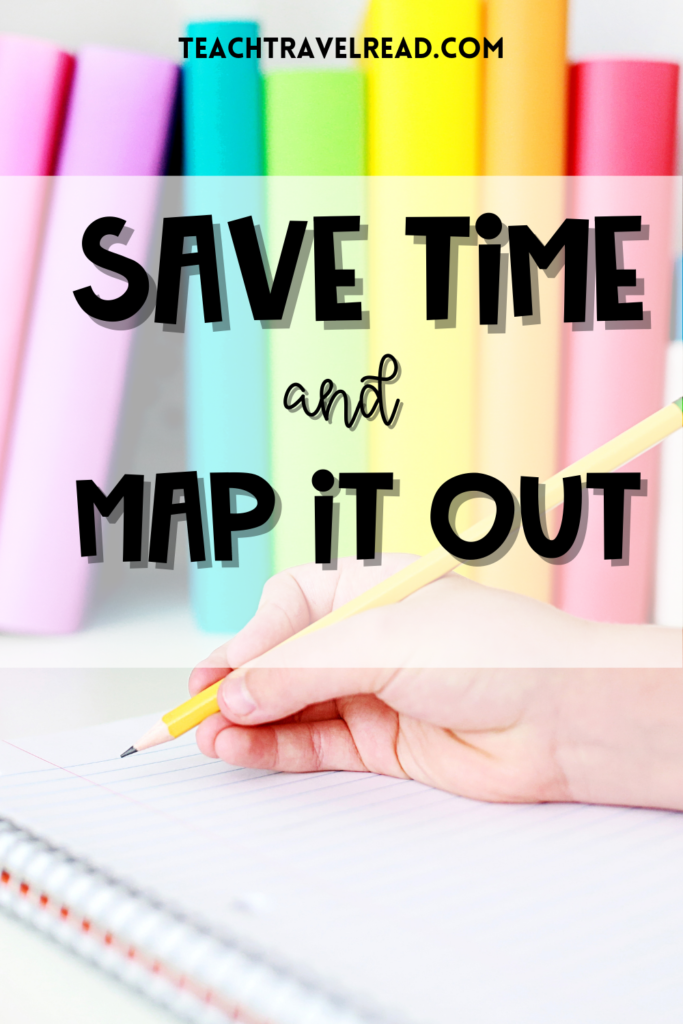
Curriculum Map Your Novel Study with a Timeline
Have you ever felt like there are not enough hours in the day? One solution is to create a curriculum map. By deciding how long each task should take, you can better manage your time and maximize your day. Remember to be realistic in your estimations – allowing for unforeseen hiccups can also be beneficial.
I usually overestimate how much time I will need to teach a novel study. I like to add in a few extra days for those interruptions. It can also help to have extra dates added to your timeline for activities and lessons that take longer than anticipated.
Set Up an Assessment Plan to Help You Teach
Setting up an assessment plan can be a game changer when it comes to keeping tabs on your students’ academic growth. By creating a structure for evaluating their performances, you’ll be able to see how each student is progressing and pinpoint where they may need a little extra help. Plus, having data to back up your assessments can help guide your instruction and ensure that each student is getting the support they need to succeed.
Assessments should be a mix of formative and summative. I like to use Socratic Seminars, exit slips, and novel study questions as an ongoing (formative) assessment of my students. Then I use the projects and longer written responses as a way to assess students in the summative format.
Create (or purchase) Resources to Teach the Novel Study
Creating materials can be a fantastic way to engage your students and help cement their understanding of the material. With a little bit of planning and creativity, these resources can be tailored to your teaching style and the needs of your class. Not sure where to start? Consider checking out online resources or collaborating with fellow teachers to gather ideas and inspiration. With these resources at your disposal, you can be confident in your ability to help your students succeed.
Teaching a Novel Study Doesn’t have to be Stressful
It’s natural to feel overwhelmed when it comes to teaching a novel study. But there are a lot of strategies you can use to make the process easier and more successful. By following the steps shared here, you can create an effective novel study program with clear objectives, an organized timeline and assessment plan, activities that engage your students, and resources to help facilitate learning.
As always, it’s important to remember that teaching doesn’t have to be stressful! If planning a novel study unit isn’t your thing, no worries! Check out my low-prep novel studies— they take all the guesswork out of creating an engaging unit and give you more energy and time for what really matters– helping your students learn. Until next time – happy teaching!
Check Out this FREE Guide to Planning
Click this link to sign up for the FREE guide to planning across the curriculum!

